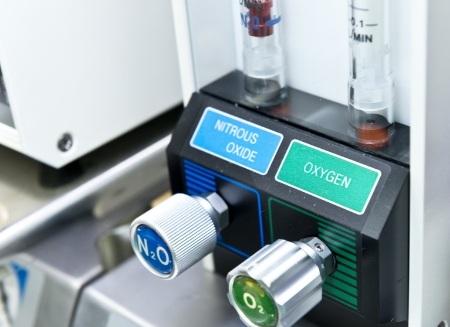Sedation Dentist – Sachse, TX
Relaxed & Comfortable Dental Office Visits

Even the attentive, personalized care we offer at Sachse Family Dentistry at Woodbridge isn’t enough to keep every patient comfortable during dental visits. If you are one of the millions of adults who suffer from dental phobia or anxiety, you may require a little extra help relaxing in the dental chair. For anxious patients, those with sensitive teeth and gums, and those who need extensive treatment, we offer sedation dentistry in our Sachse, TX dental office. Contact our dental office to find out more.
Why Choose Sachse Family Dentistry at Woodbridge for Sedation Dentistry?
- Two Forms of Sedation Available
- Extended Hours to Make Treatment Accessible
- We Make Patients’ Comfort Our Priority
Oral Conscious Sedation

If you experience dental phobia or anxiety, we may recommend oral conscious sedation. The sedative is administered in pill form at a predetermined time before your appointment, so you’ll already be thoroughly relaxed once you arrive. The effects of oral conscious sedation are long-lasting, so you should plan to rest for at least twelve hours following your final dose of sedative. You will also need to have a friend or family member drive you to and from your appointment.
Nitrous Oxide Sedation

Nitrous oxide is a gas inhaled through the nose during treatment. This gas creates a euphoric feeling and reduces pain sensation. Sometimes referred to as laughing gas, nitrous oxide allows patients to remain completely comfortable during treatment. Dr. Rottman can adjust the dosage of nitrous oxide throughout the procedure in order to ensure patients maintain their optimal level of comfort and relaxation. The effects of nitrous oxide are fast acting, so you’ll achieve complete relaxation almost immediately. Additionally, the sedative effects of nitrous oxide wear off quickly, so you’ll be able to resume your daily activities right away. You can also drive yourself to and from our dental office. Nitrous oxide sedation is a great option for patients who experience difficulty numbing with local anesthesia alone.
